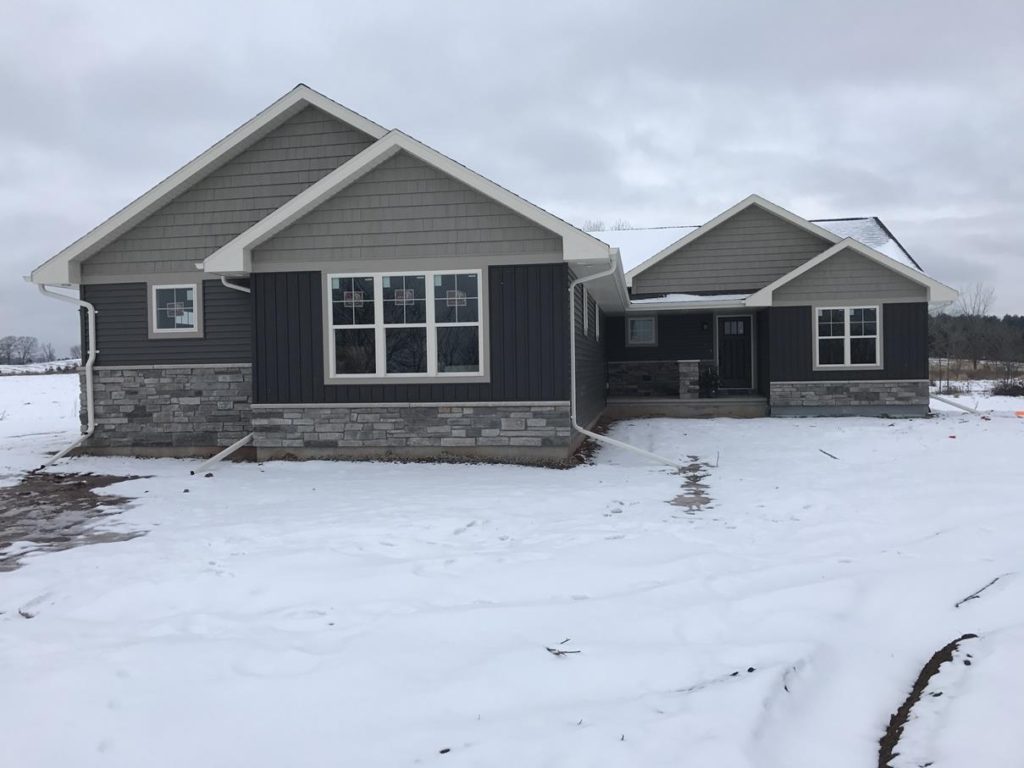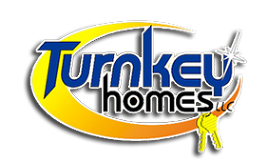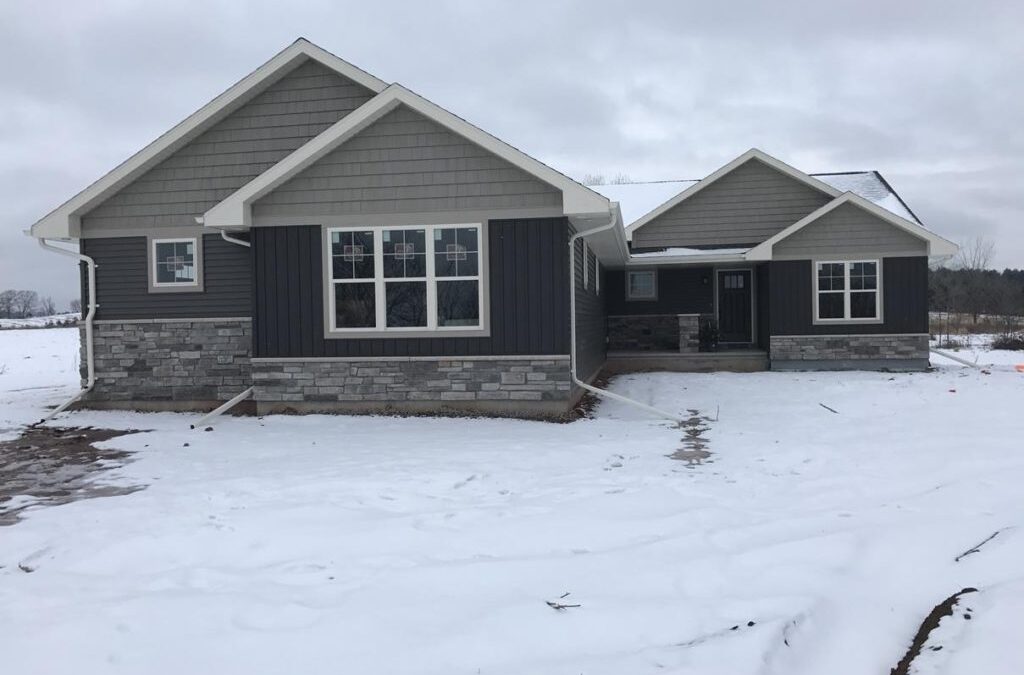
Fall is upon us – but like every year, you’ll blink, and it will be snowing!
Starting the winterization of your home now can save you from potential disasters come those first snowflakes. Costly damages, such as roof leaks and cracked pipes can easily be avoided with proper cold weather preparation. At Turnkey Homes LLC, we recommend following these simple steps to protect your home from Wisconsin’s winter elements.
Here’s a list to help you winterize your home – inside and out.
1. Turn off outdoor water faucets and disconnect hoses. A common cause of burst pipes is sitting water, which freezes and expands. Hoses should be disconnected and drained before the first frost. Check your home for any exposed piping and insulate them. Drain any air conditioning lines and close your A/C shutoff valve.
2. Check your roof for leaks and remove debris from gutters. Clogged gutters can damage your siding and trim, which leads to leaks. Repair any leaks immediately and replace any missing roof shingles. Have your chimney cleaned before nestling up by a cozy fire.
3. Inspect your furnace and water heater. HVAC professionals can perform an annual inspection to ensure your system is working efficiently. In addition to having an inspection, replace your filter to maximize the flow of hot air.
4. Take a lap around the exterior of your home to check for proper drainage. Look for any gaps or cracks in your foundation – these will allow water to settle and freeze, potentially causing major damage to your structure. Be sure flower beds and other landscaping is allowing rainwater to drain away from your property.
5. Check for drafts. Windows and doors, over time, can become drafty. This is uncommon in newer homes, but it’s best to check if you don’t have energy-efficient windows. Consider insulating older window and door jams or covering them with plastic for a seasonal fix. Weather stripping can be installed on all exterior doors. Outlet covers should also be checked for drafts – loose or broken covers can cause you to lose a lot of heat in winter months. If you’ve replaced the cover and still have a draft, install outlet seals.
6. Close vents in unused rooms and reverse your ceiling fans. There is no need to heat a room that is not in use during the winter. Closing vents to those rooms allow heat to circulate more efficiently into the rooms that are used daily. Clockwise running ceiling fans produce a warm breeze and can significantly reduce your heating costs.
Turn Key Homes LLC offers many professional services in addition to home building and remodeling. Contact us today to find out more!


Recent Comments